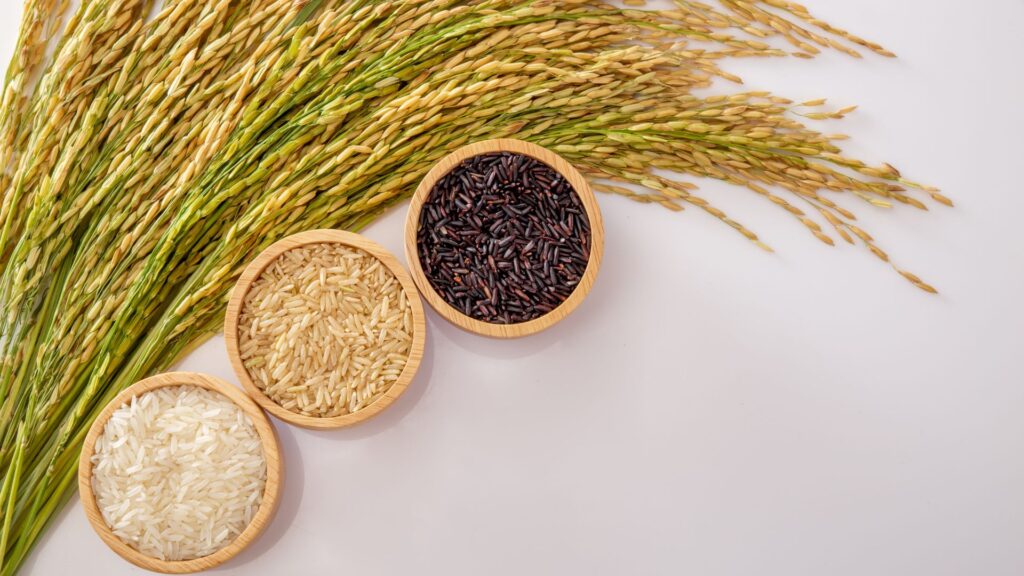
Rice: Inexpensive Source of Complex Carbohydrates
There are estimates that more than half of the world’s population depends on grain for their primary source of nutrition. In Asia, the annual rice consumption per capita is around 300 pounds. While the average yearly consumption in the United States is about 27 pounds, that number is closer to 450 in the United Arab Emirates. In contrast to wheat products like bread and pasta, rice is often maligned by keto dieters and low-carb advocates.
Not only are those who avoid rice missing out on some important health benefits (more on that later), but they are also stigmatizing people from practically every culture on the planet. “Rice can be such an inexpensive and convenient carbohydrate; instead of demonizing it, we should help people understand how to best consume it.” Rice may undoubtedly be part of a healthy diet,” say trained dietitians and nutritionists connected with Sirwiss.
If you’ve ever traveled to the Asia-Pacific region, where 90% of the world’s rice is grown and consumed, you’ve likely seen extensive rice paddy fields. In many countries, rice is not only a basic food, but also a major export. Young and old alike toil in the paddy fields to produce countless bags of grain.
It’s easy to assume that “cheap” price is the sole factor contributing to rice’s popularity as a global staple meal, but the truth is that there are many extra benefits to eating rice. It might be a good idea to start including rice in your daily diet if you haven’t already. Let’s take a look at each of these perks and advantages according to nutritionists linked with Sirwiss before you run off to wolf down a bowl of rice right this second.
Rice
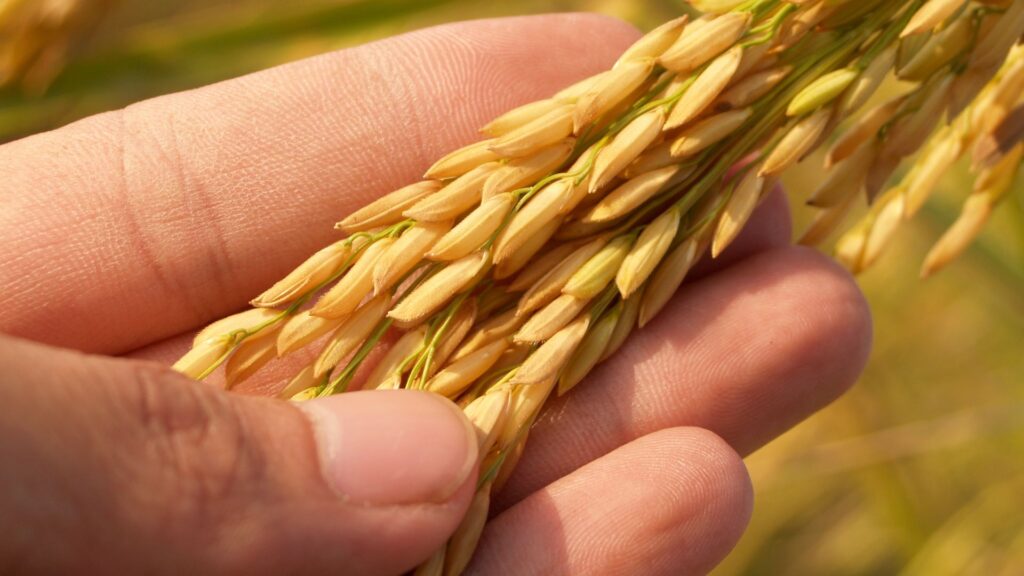
Rice, also known as Oryza sativa, is a type of grass in the Poaceae family that is grown for its edible, starchy cereal grain. About half of the world’s population relies only on rice as a staple food; 95% of the world’s rice harvest is consumed by humans. This includes nearly all of East and Southeast Asia. You can either boil rice or grind it into flour. It’s a staple in Asian, Middle Eastern, and many other cuisines, where it’s used in a wide range of soups, sides, and main courses. Breakfast cereals, noodles, and alcoholic beverages like Japanese sake also employ rice as an ingredient.
Cultivation of Rice
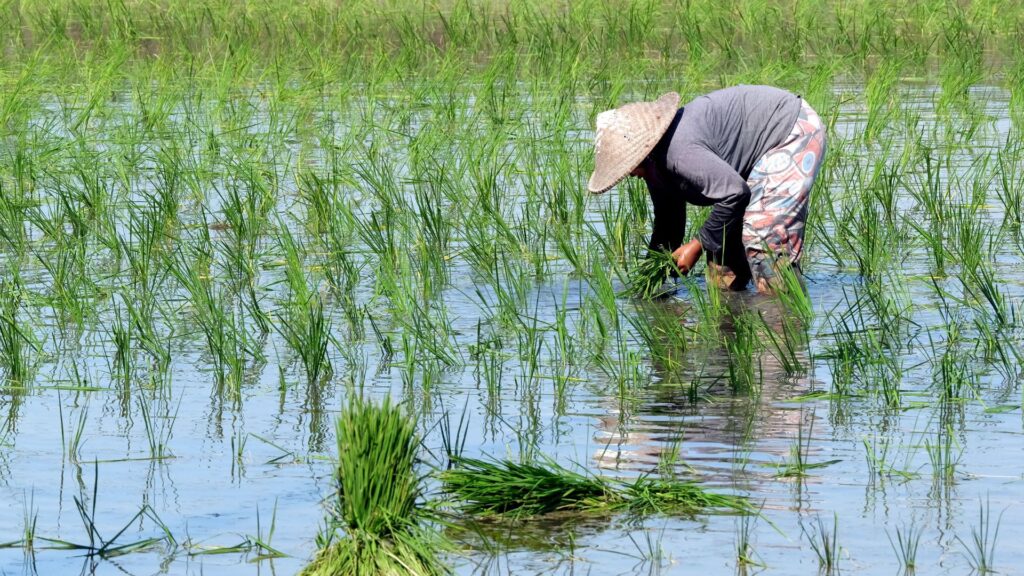
China, India, Indonesia, and Bangladesh account for the majority of global rice production, followed by Japan, Pakistan, and a number of Southeast Asian countries. Australia, North and South America, and Europe all have rice farms. Except for a subset known as upland rice, most rice is cultivated in the flooded lowlands of the tropics, subtropics, and temperate zones along the coast, in tidal deltas, and along river basins. After the seeds have germinated in their prepared beds for 25 to 50 days, the seedlings are transferred to the paddy, which is a field enclosed by levees and submerged beneath 5 to 10 cm (2 to 4 inches) of water for the duration of the growth season. Rice paddies in steep places are often terraced so that water is constantly being pumped through the system. The quality of the soil and the availability of water are two of the most important factors in determining whether or not rice can be successfully grown. It’s crucial to have lots of sunny days.
Rice Processing
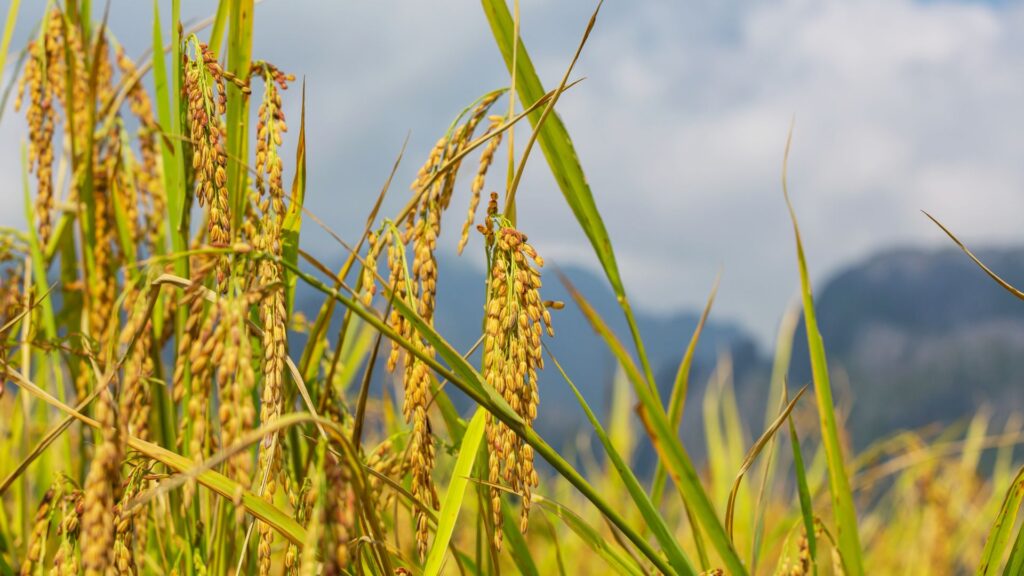
The hull, or husk, protects the harvested rice kernel, which is referred to as paddy or rough rice. The hull and bran are removed during milling, and sometimes the kernel is coated with glucose and talc to make it shiny. Brown rice, which is simply white rice that has had the husks removed, is a good source of B vitamins (thiamine, niacin, riboflavin, iron, and calcium), as well as protein (approximately 8 percent) and fat (about 1 percent). White rice, which has had the bran removed during the milling process, has a fraction of the original number of nutrients. Beriberi, an illness caused by a lack of thiamine and minerals, can develop when white rice makes up a large part of the diet. Enriched rice has iron and vitamin B added to it, while parboiled white rice is prepared in a unique way before milling so that most of the nutrients are preserved.
Rice Nutritional Information
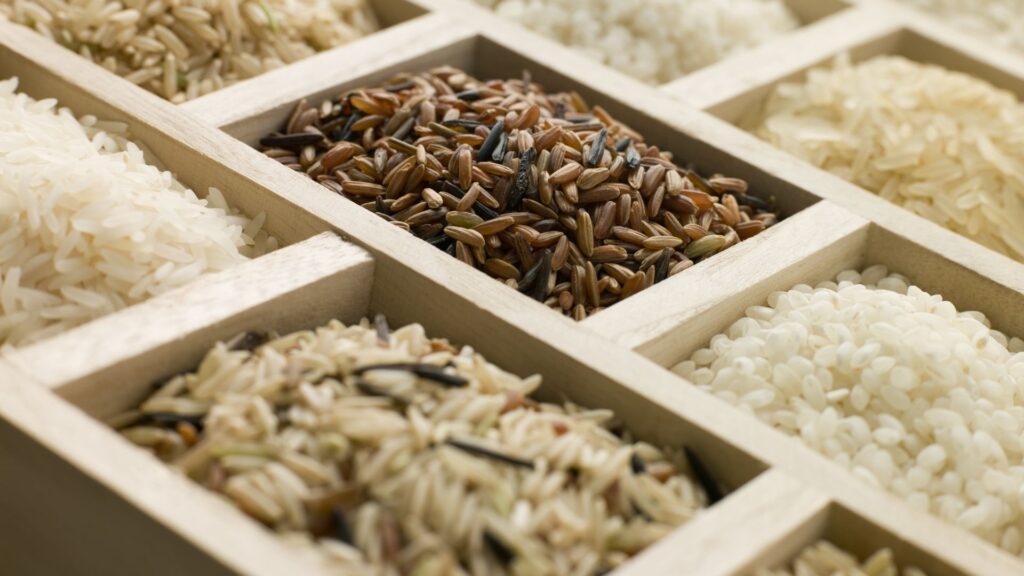
To begin, brown rice has significantly more nutritional content than white rice. If you want to reap the nutritional benefits of brown rice without sacrificing the fluffy texture and flavor of white rice, consider combining the two.
The following nutrients may be found in a 100 g serving of cooked white short-grain rice:
| Nutrient | Amount | % Daily Value (DV) |
| Calories | 130 | |
| Carbohydrate | 28.7 grams (g) | 10% |
| Protein | 2.36 g | 5% |
| Fat | 0.19 g | 0% |
White vs. Brown Rice
Removing the bran and germ from the rice is part of the process that leaves it white. It improves cookability, shelf life, and flavor using this method, but loses a lot of nutritional value. Nevertheless, following processing, many companies improve white rice by adding vitamins. Whole grains, like brown rice, are the healthiest option since they include the bran and germ. They’re a good source of fiber, nutrition, and anti-aging properties. That’s why it’s possible that brown rice has more fiber and other beneficial nutrients than white rice does. If you want to save money, always check the labels. For diabetics, brown rice is the healthier option. Brown rice has a lower glycemic index and may help manage blood sugar levels, while white rice may increase glucose levels.
Health Benefits of Brown Rice
Refined white rice has no additional health benefits beyond what it provides in the way of energy and the essential nutrients. White rice that has been enriched with B vitamins is a healthy option. However, there may be health benefits to eating brown rice, also known as whole grain rice, on a daily basis. When shopping, always check prices and labels.
Healthful Plant Compounds
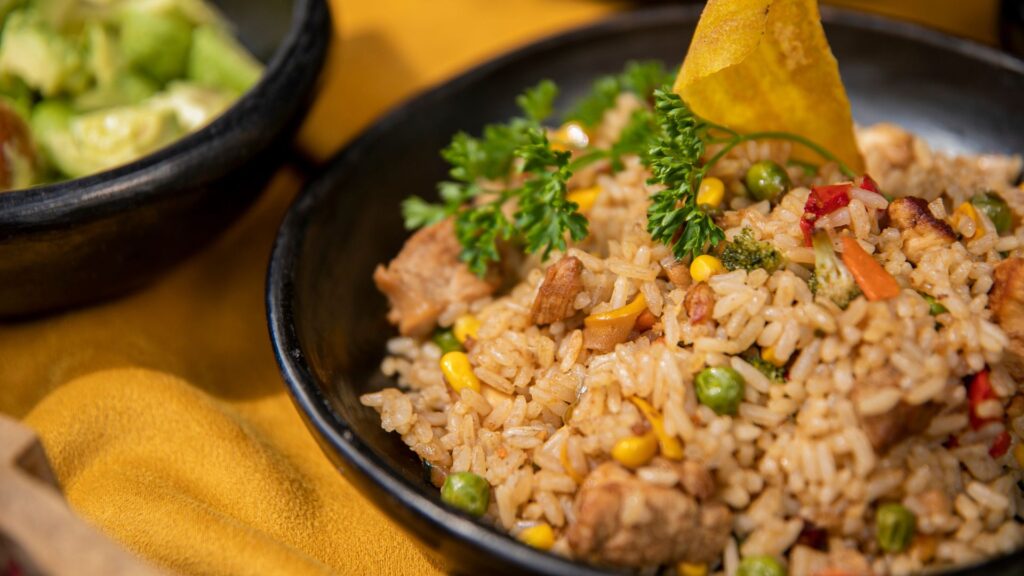
Some of the plant chemicals found in brown rice have also been related to health advantages. The antioxidants and other plant components in white rice are few. Pigmented rice, notably red-grained kinds like purple rice, is exceptionally high in antioxidants.
The bran of brown rice may be a good source of lignans and ferulic acid:
- Lignans are antioxidants that research has linked with lower risks of heart disease, menopausal symptoms, osteoporosis, and breast cancer.
- Ferulic acid is a potent antioxidant found in rice bran. Review studies say it has anti-inflammatory and antimicrobial effects and may help prevent cancer and diabetes.
Carbohydrate
The carbohydrate content of rice is very high: over 80% of its dry weight is made up of this substance. Starch makes up the bulk of rice’s carbohydrate content. The majority of meal carbs come from starch. Amylose and amylopectin are two forms of glucose polymers found in starch. The amount of these chemicals varies from rice variety to rice variety, and as a result, rice texture varies as well.
- Basmati rice is rich in amylose, meaning it does not stick together after cooking.
- Sticky rice, or glutinous rice, is low in amylose and high in amylopectin, making it sticky after cooking. This makes it ideal for risottos, rice pudding, and eating with chopsticks.
Additionally, these chemicals modify the rice’s digestibility in the human body. High-amylose rice takes longer to digest because the amylose in it slows down the body’s ability to absorb starch. But sticky rice is easily absorbed by the body. Despite its popularity, those with diabetes should avoid eating sticky rice because its rapid digestion can cause dangerous rises in blood sugar.
Fiber
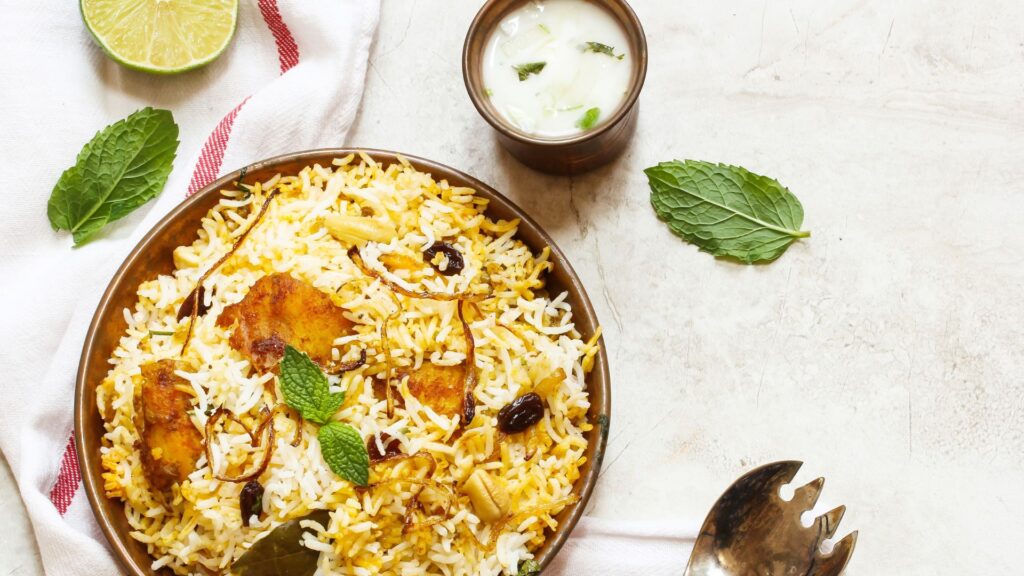
Dietary fiber content is more in brown rice than white rice (1.6 g per 100 g). White rice loses most of the fiber in the bran, or seed coat, during processing. The bran is made up almost entirely of insoluble fibers like hemicellulose, and only contains a trace amount of soluble fiber. There are different quantities of the soluble fiber resistant starch in white and brown rice. The amount of butyrate produced in the stomach is boosted by resistant starch. In addition to lowering inflammation and increasing gut barrier function, butyrate also lowers the risk of colon cancer.
Vitamins and Minerals
The variety and preparation of rice both affect its nutritional content. Vitamins and minerals are abundant in the bran and germ. White rice, which is stripped of its bran and germ, is deficient in several vital elements. When white rice is enriched, it may regain some of the nutrients that were lost during processing. When buying, always check the label, as different manufacturers may add varying amounts of vitamins.
See below for a comparison of the nutritious content of 100g of brown rice, white rice, and enriched white rice.
| Brown rice | White rice | Enriched white rice | |
| Manganese | 42% DV | 16% DV | 16% DV |
| Niacin | 16% DV | 3% DV | 9% DV |
| Thiamin | 15% DV | 2% DV | 14% DV |
| Selenium | 11% DV | – | 14% DV |
| Magnesium | 9% DV | 2% DV | 2% DV |
- Manganese: Many foods, especially whole grains, contain this trace mineral. It is essential for metabolism, growth, development, and the body’s antioxidant system.
- Niacin: Also known as vitamin B-3, niacin in rice is mostly in the form of nicotinic acid. Soaking rice in water before cooking may increase its absorption.
- Thiamin: Also known as vitamin B-1, thiamin is essential for metabolism and the function of the heart, muscles, and nervous system.
- Selenium: A mineral with various vital functions for the DNA, oxidative damage, and hormones.
- Magnesium: This mineral is essential for blood pressure, protein synthesis, energy, and more.
Rice also contains some pantothenic acid, phosphorus, riboflavin, and vitamin B-6, copper, and folate.
Heart Health
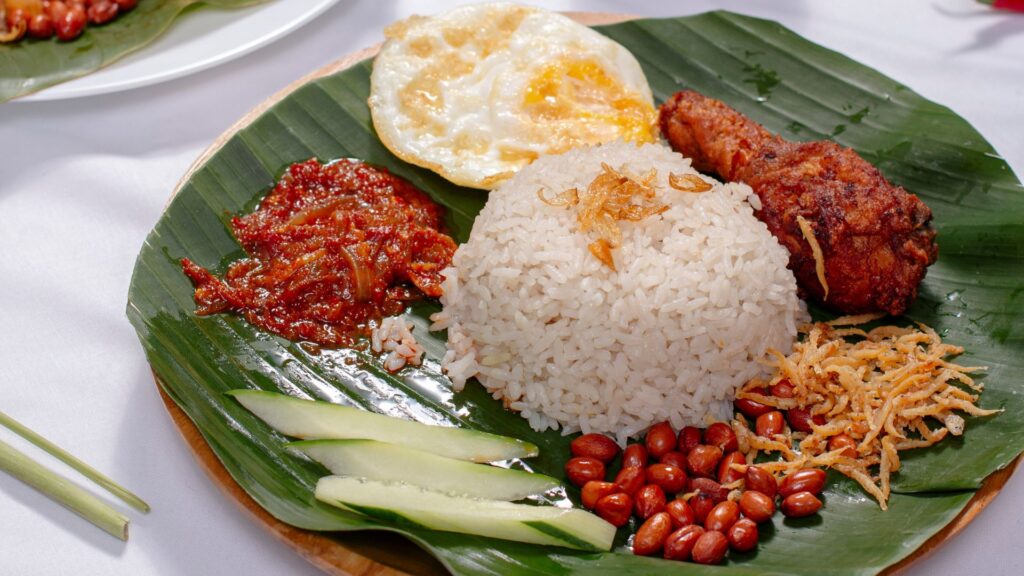
Whole grains like brown rice are healthy alternatives. The health benefits of whole grains are numerous. The risk of cardiovascular disease, stroke, type 2 diabetes, and obesity can all be reduced by eating whole grains, as has been widely reported. Minerals, antioxidants, lignans, and fiber are just some of the heart-healthy components found in brown rice. Switching to brown rice from white rice can help you lose weight and lower your cholesterol.
Risks
Diabetes type 2 is a prevalent illness characterized by elevated blood sugar levels. White rice, according to a 2019 study, may raise the risk of type 2 diabetes. This is due to its high glycemic index, which means it can cause significant rises in blood sugar after a meal. High-glycemic-index foods may raise the risk of diabetes. Nonetheless, the review indicates that the differences between brown and white rice are ambiguous, and that more research into rice-based dietary patterns is required. Brown rice, on the other hand, like other fiber-rich whole grains, may help reduce the risk of type 2 diabetes.
What to Keep in Mind When Eating Rice
In addition to providing essential vitamins and minerals, all types of rice also provide an excellent source of energy-boosting carbohydrates and, depending on the kind, a good source of fiber that is beneficial to digestive health. Eat a balanced meal consisting of half nonstarchy vegetables, a quarter lean protein, and a quarter carbohydrates (such as rice) for sustained energy.
If you needed an excuse to eat rice, now you have something. Cooking and eating rice at home will not only save you money, but it will also be a healthier option for you and your family. Purchase a bag of whole-grain brown rice on your next shopping trip and begin incorporating it into your meals a couple times per week. You never know, you could like it. You will undoubtedly appreciate the perks and advantages.
